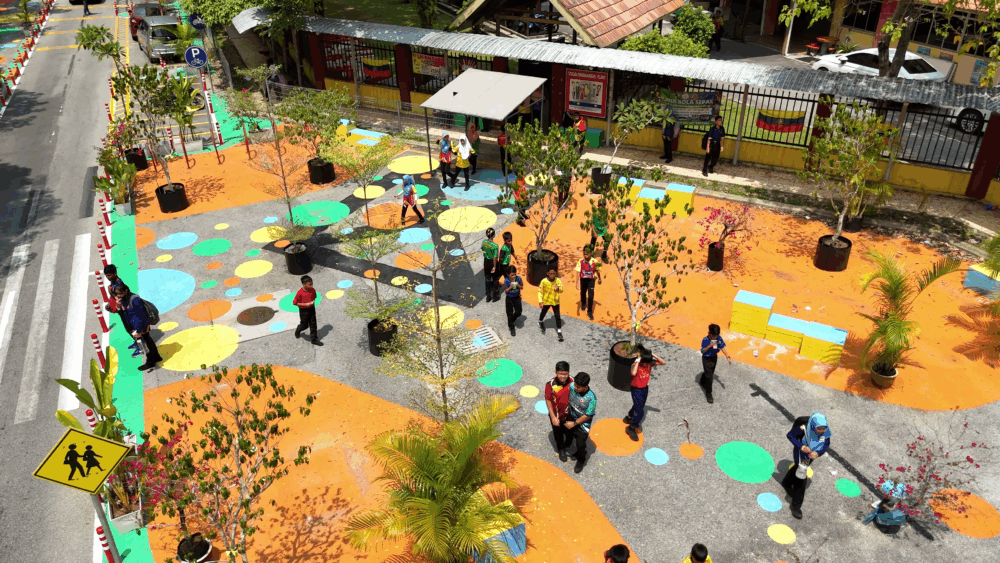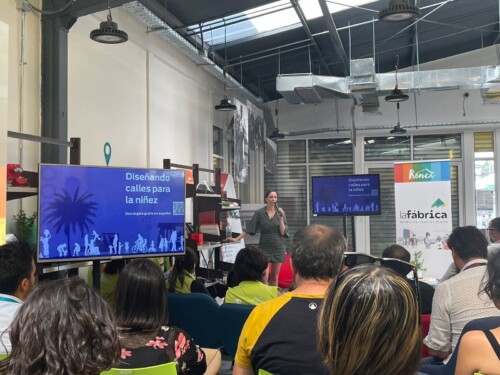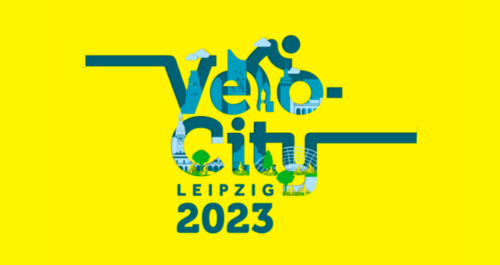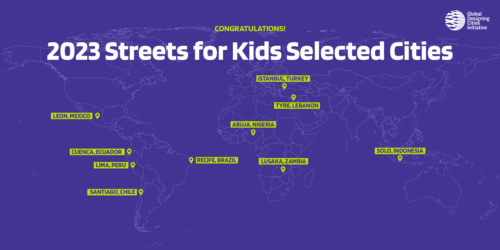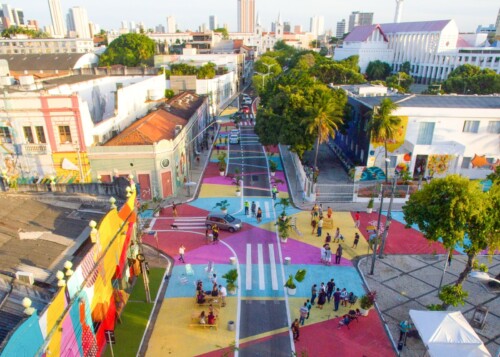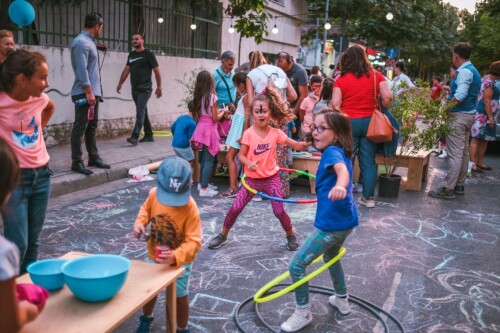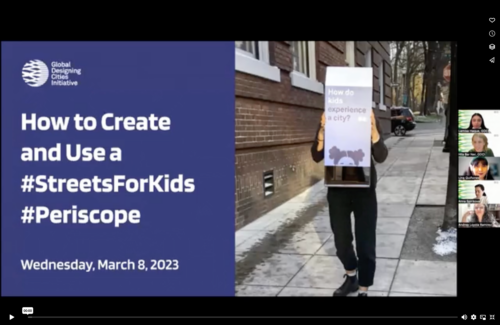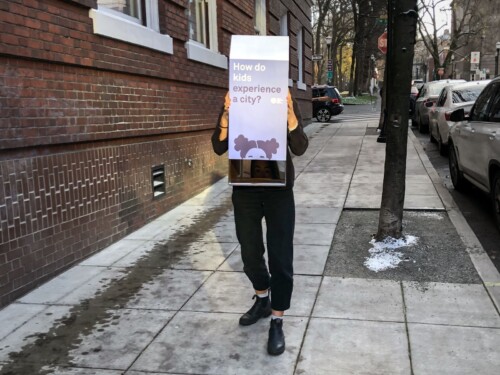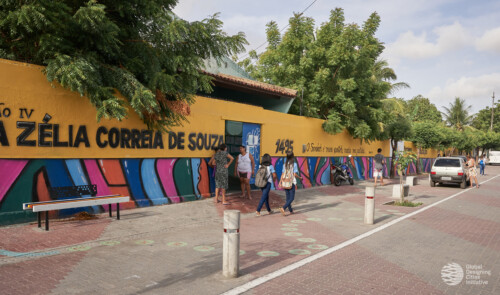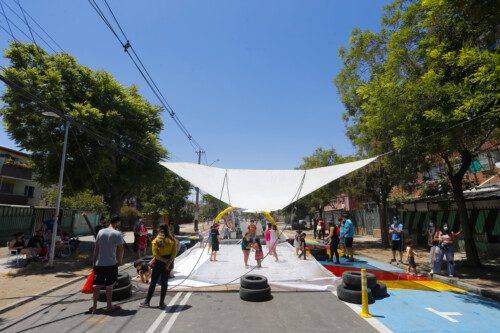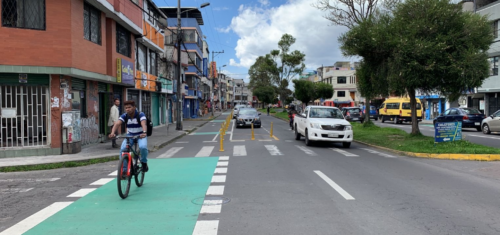
Announcing the 10 Bloomberg Initiative for Cycling Infrastructure (BICI) Selected Cities
On Friday, June 2, Bloomberg Philanthropies announced the 10 selected cities for the Bloomberg Initiative for Cycling Infrastructure. Led in partnership with GDCI, BICI will award the selected cities with funding and provide technical assistance on project development, cycling facility design, data collection, and community engagement.
